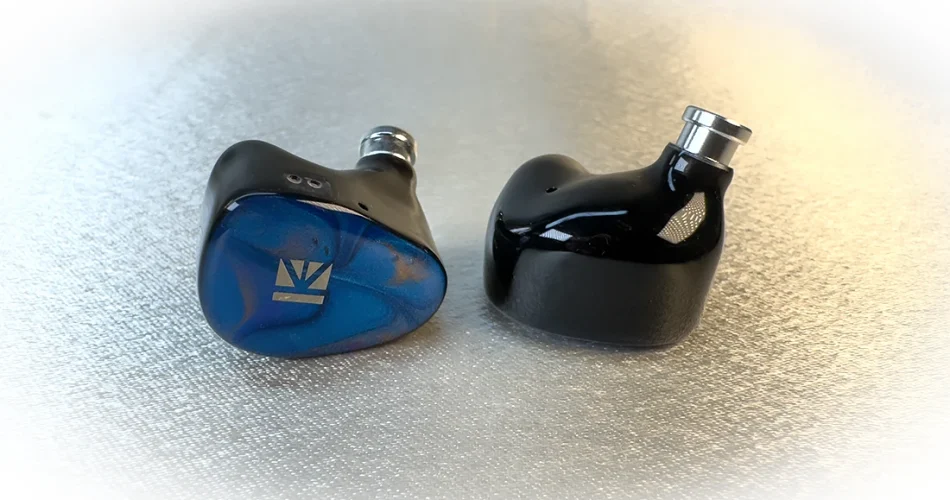By Nick Smith, 25th March 2025
Does tech trickling down result in a watered-down experience, or the same thing for less money?
This was a question I pondered when KBear recently offered to send me a pair of their new KB02 earphones in exchange for my thoughts.
I had no previous history with the brand, but upon discovering they contained a Bone Conduction Driver with a price of just $50 I was floored!
It wasn’t so long ago only high-end IEMs with pricetags in the thousands featured BCDs, and many of us had assumed we were still years away from seeing them in anything under a few hundred dollars.
Why are BCDs a big deal? Bone conduction is a unique means of conveying sound, which correspondingly generates unique sonic attributes – particularly when it comes to soundstages.
The instant I tried the KB02s that unmistakable BCD zing hit me, but sit back & I’ll give you the full story..
Packaging

The USD $50 KBear KB02s arrive in a small cardboard box, inside are the earpieces, brief instruction manual, stock cable and 3 sets of silicone eartips in three sizes.
It’s a fairly minimalist package that’s completely acceptable for this price bracket.
My only qualm is the 2pin stock cable is rather flimsy and only available with a 3.5mm plug. A balanced 4.4mm upgrade for a small cost increase would’ve been nice option, as the KB02’s definitely perform strongly enough to benefit from the improved output power of most DAP balanced jacks.
Ergonomics

The KB02 resin shells feel very smooth & comfortable against one’s skin, belying their modest price.
They’re definitely on the larger side given their modest driver count, but I find them very comfortable for long listening sessions and isolation is also slightly above average.
The BCD driver is interesting because it makes achieving optimum fit more important for sonic reasons, as they’ll lose their sense of fullness if they aren’t making proper contact. In practise this results in needing to tweak fit slightly when I put them in, but once seated properly it’s not an issue.
Lastly, due to their 3D-printed cavity there’s a slight ringing sound perceptible when tapping the shells which is somewhat reminiscent of vacuum tube microphonics. I don’t notice this at all during normal use, but might hesitate to use them during a bumpy bus ride where jolting may arise.
Page 1 – Introduction, Packaging & Ergonomics
Page 2 – Sound Impressions & Technical Performance
Page 3 – IEM Comparisons
Page 4 – Conclusion


Comments